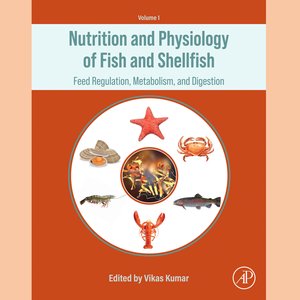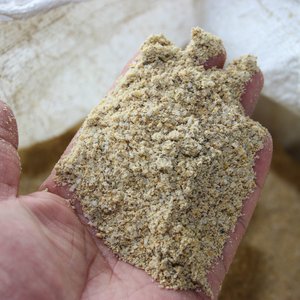New research by scientists at the University of Portsmouth has shown that crustaceans turned partially into females retain a core of masculinity, and they may have learned how to do it after evolutionary battles with parasites.
The researchers have also published the entire genetic code for the amphipod crustacean they studied, which they hope will lead to even better understanding of their biology.
The research is published in Environmental Science and Technology.
One of the researchers Dr Alex Ford said: “We’ve known for some time that fish change sex if they’re subjected to even small amounts of oestrogen in the water, but until now we didn’t know what was happening to crustaceans.
“What we found is that once a crustacean has decided to be male, it can lock down its maleness. It will still become feminised in many respects, but at its core, it will remain male. This has important implications for how we study the effects of potential feminising pollutants on these creatures.”
Fish and some other aquatic creatures are increasingly changing sex because the rivers and oceans are receiving a steady stream of feminising pollutants in sewage and industrial effluent.
Dr Ford and his co-author Dr Stephen Short are marine biologists at the Institute of Marine Sciences at Portsmouth and have been studying the effect of different chemicals on a range of organisms for several years.
Dr Short said: “We don’t know why crustaceans, but not vertebrates, have this ability to hold on to their male-ness, but we know crustaceans have been engaged in long evolutionary battles with feminising parasites which turn males into females in order to transmit to the next generation via the eggs of their hosts.
“It could be that this history has given crustaceans strategies to cope with feminisation and this is now proving useful in the face of human pollution.”
Some crustaceans decide whether to be male or female soon after hatching. It is, Dr Ford says, “a little window of plasticity”.
“In fish and in humans and other mammals if a creature becomes more female, they automatically will become less male as a result. It’s like a seesaw. Crustaceans are wired differently and by becoming female, they don’t necessary lose their maleness,” he said.
The research was part of a four-year project that looked at the effects of parasites and pollution on crustaceans and was funded by the Natural Environment Research Council (NERC).
Dr Ford has previously found that a miniscule amount of drugs – equivalent to a drop in an Olympic sized swimming pool – commonly found in human waste can have a dramatic effect on aquatic life, including changing the speed at which some creatures can swim, to their ability to reproduce.
He said: “Crustaceans are the most diverse creatures in our oceans and, until now, we didn’t know a lot about their molecular biology.
“By publishing the entire set of genes we are giving biologists a whole suite of tools to further study many aspects of their biology including their endocrine, nervous and immune systems.”







